Imagine thousands of lanterns lining the streets on a beautifully illuminated night, strung from homes and shops, hotels and businesses, marketplaces and schools which set the stage for the processions and spectacular shows that will soon conclude the celebrations of the Spring Festival.
Since the “元宵节 (yuán xiāo jié) Lantern Festival” is several days after the Spring Festival everyone is still continuing to enjoy festivities and what better way to keep the kids involved in learning historical and culturally educational activities. To help children better understand the folklore and culture of the Lantern Festival, parents are encouraged to involve their children in various traditional activities. One obvious activity involves “看花灯(kàn huādēng) looking at lanterns” and even “做花灯 (zuò huādēng) making lanterns” but before we get into crafting let’s give a child-friendly explanation of what exactly the Lantern Festival is.

The literal meaning of “元宵节 (yuán xiāo jié)” is the Sweet Dumpling Festival. There are many different types of delicious foods served on this day, but the most typical one is “元宵 (yuánxiāo) sweet dumpling,” which the northerners prefer while in the south, people call it “汤圆 (tāngyuán) glutinous rice ball.”
Kids are sure to enjoy either because it involves a tasty treat and it’s especially perfect as a warm dessert for these cold winter months. Chinese families make these salty, sweet, sticky rice balls together because they represent unity and because they seem to satisfy all of the senses. You can choose to make simple plain rice flour with water to make the mini rice balls or for extra fun add a filling. Children enjoy the sweet sesame filling rice balls very much! Don’t worry about it being difficult for younger children, if your kids play with play dough they can certainly make “汤圆 (tāngyuán) tang yuan”.
Try this simple tang yuan recipe for chewy rice dumplings served in a sweet soup.
Ingredients
● 1 ½ cups glutinous rice flour (called sweet rice flour)
● 2 tablespoons regular rice flour or tapioca starch (only to make it less sticky but not necessary)
● ¼ cup boiling water
● ¼ room temp water
● Food coloring (even natural color from beet juice works)
● Sweetener of your choice
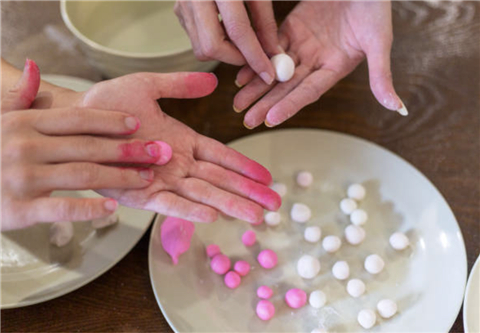
Easy directions
1. Combine the flours and hot water in a large mixing bowl using a wooden spoon or a baking spatula.
2. Slowly add the room temperature water, a bit at a time, until the consistency resembles play-dough. Add a bit of extra glutinous rice flour if the dough is too sticky to work with. Add a little extra water if the dough is too crumbly.
3. Add a few drops of food coloring to a portion of the dough and knead the dough until it is uniformly colored.
4. Make balls out of the dough around the size of pebbles all about the same size so they cook evenly.
5. They can be cooked right away or frozen for later.
Simple cooking instructions
Once your pot of water is boiling, add the tang yuan. They’re done when they float, then strain them from the water then move on to making the liquid.
Prepare the sweet soup
Per serving, bring one cup of water to a boil. Add sweetener to taste. Pour sweetened liquid over the cooked rice balls then serve immediately and watch your little ones enjoy eating their work!
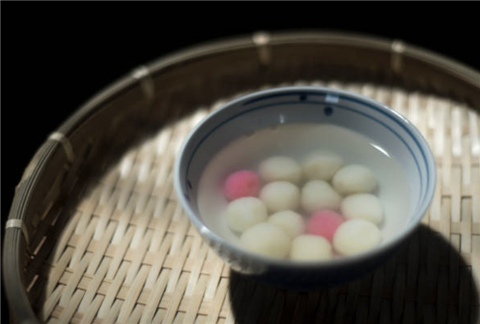
做花灯 Making Lanterns (zuò huādēng )
Traditionally, as the night approaches children carry paper lanterns with candles or better yet, battery-operated lights to join the annual lantern festival celebrations. Lanterns represent light and the birth of a child so including your child has special meaning. The act of lighting a lantern entails illuminating the future. The festivities are typically held at parks and monuments but your backyard, a close playground, or if it’s too cold outside, down the hallway will work just fine. The design of the lanterns change each year according to the rotation of the twelve Chinese animal birth signs.
Since this year is Tiger themed and you can help your child make lanterns with stripes or with ears for the year of the Tiger.
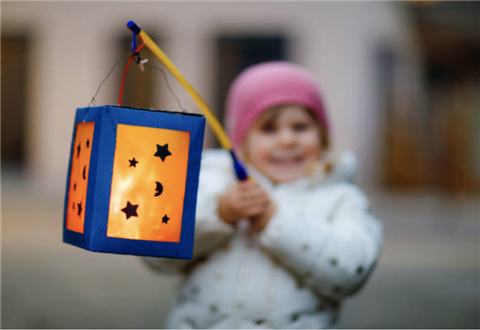
Materials
● Paper or cardstock
● Scissors
● Stapler or tape or glue
● Ruler
● Pencil
● Decorative items to beautify the lantern
Instructions
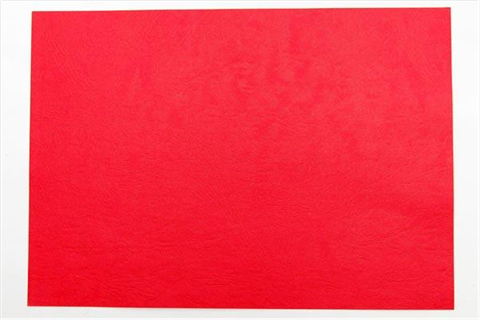
1. Start out with any rectangular sheet of paper or cardstock.
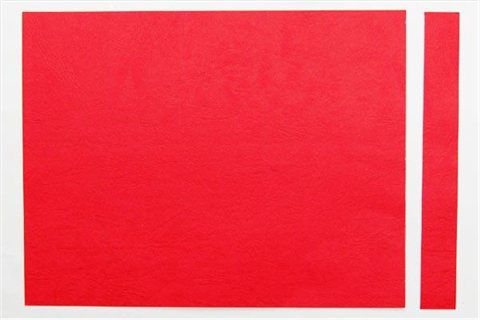
2. Cut a 1-inch wide strip off on one short side. Set this aside for the handle.
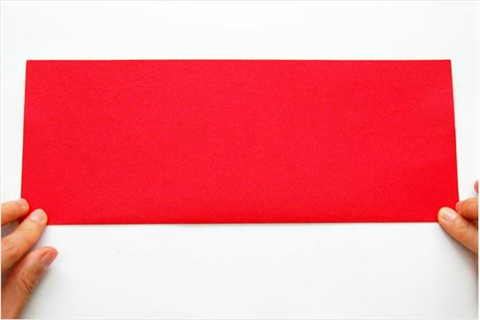
3. Fold the paper in half, lengthwise.
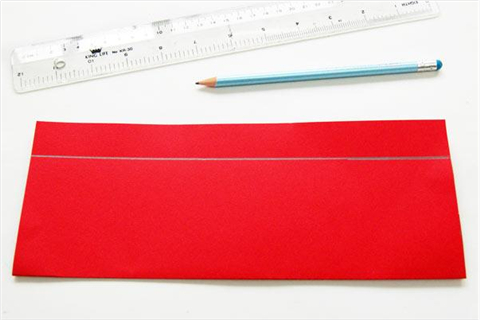
4. Draw a horizontal line one inch down from the long edge opposite the fold as a guide for where the cutting should stop in the next step.
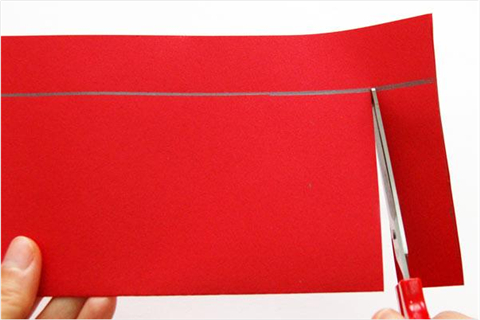
5. Starting from the folded edge, cut a straight line about an inch from one short edge, all the way up to the horizontal line.
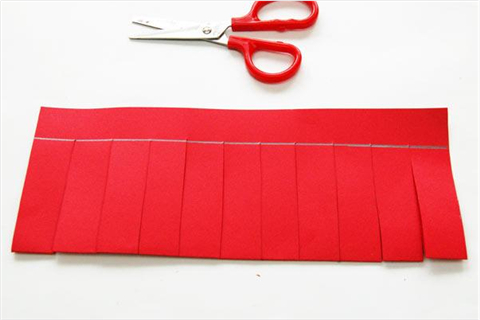
6. Continue to cut more straight lines about 1 inch apart until you reach the opposite short edge of the paper.
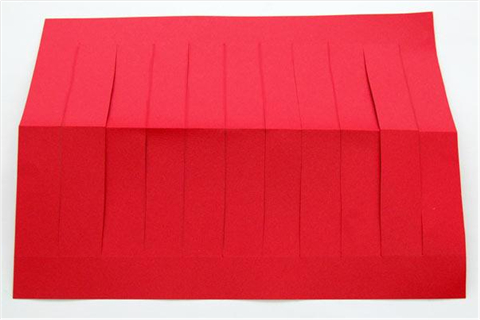
7. Unfold the paper. The paper will have several vertical slits along the middle. Erase any pencil marks or re-fold the crease the opposite way to hide the pencil marks at the back.
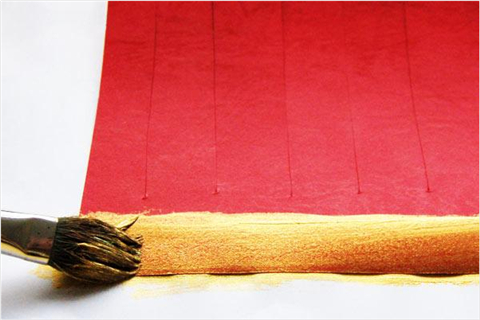
8. Have fun with decorating the top and bottom edges.
**Note: Remember to leave at least ½-inch of undecorated area on one top corner. This gap will allow you to connect the two edges of the paper to form a lantern.
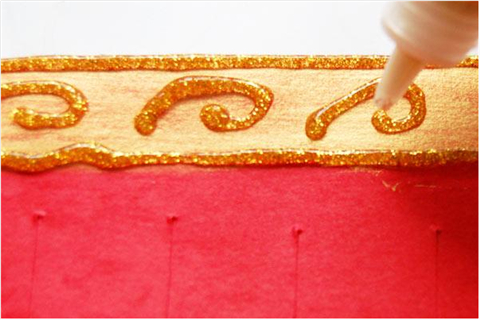
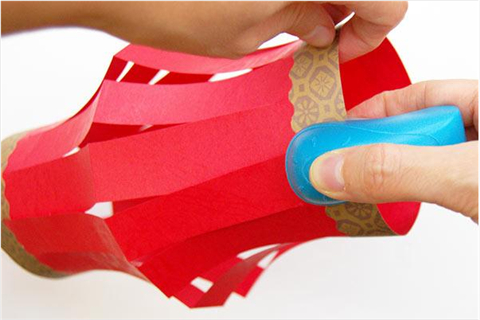
Here are some ideas you can try:
a.) Paint, color, glue – make a border by painting or coloring the top and bottom edge of the paper. Or glue sequins or streamers at the bottom.

9. Finally make the paper into a lantern by forming it into a tube shape. Overlap the long edges at least ½-inch. Staple or tape at the top and bottom of the overlap.
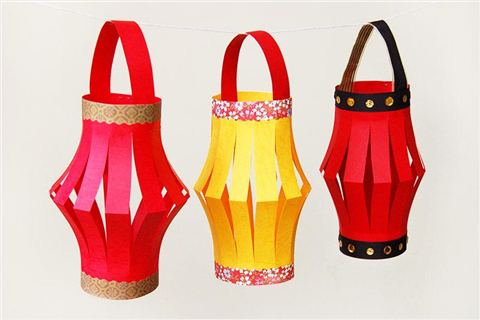
10. Take the paper handle you made in Step 2. Glue the ends on the inside of the lantern’s top edge. Decorate the handle if you like.
灯笼谜语 Lantern Riddles (Dēnglóng míyǔ)
Another way to celebrate the festival is to let your children “猜灯谜 (cāi dēngmí) guess lantern riddles”.
How to play
Write down riddles on a piece of paper and hang them below the lanterns that your child made (or that you found at a store). If your child is able to solve the riddle, they can then pull the paper down and keep it for a prize. Since the riddles are both entertaining and instructive, they are popular with children and adults alike.
1.
Yǒu tóu wú jǐng, shēntǐ bīngliáng, yǒu chì bùnéng fēi, wú tuǐ néng zǒu (dǎ yī dòngwù).
有 头 无 颈, 身体 冰凉, 有 翅 不能 飞,无 腿 能 走(打 一 动物)。
[mídǐ] yú
【谜底】鱼
Has a head but no neck, its body is cold, it has wings but cannot fly, but it can walk without legs (hint an animal).
[Answer] Fish
2.
Pī zhe huā miányī, chànggē guāguājiào, tián lǐ zhuō hàichóng, fēngshōu le (dǎ yī dòngwù).
披 着 花 棉衣, 唱歌 呱呱叫, 田 里 捉 害虫, 丰收 了 (打 一 动物)。
[Mídǐ] qīngwā
【谜底】青蛙
Wears a dotted coat, sings loudly in the rain, catches pests in the field to make a good harvest (act as an animal).
[Answer] Frog
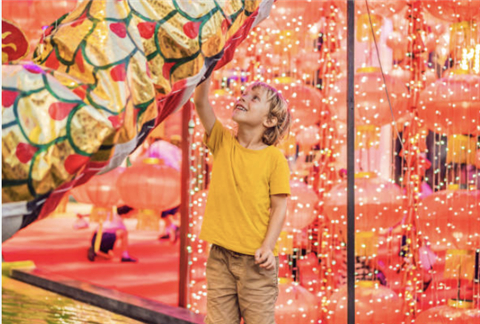
Putting on a Show
Lastly they may be able to watch “舞龙 舞狮 (wǔlóng wǔshī) dragon and lion dance” if your town has a Chinatown nearby but the dances are often broadcasted on TV and are very easy to find on YouTube as well. Dragons are said to control the clouds and rain and bring a good harvest in the coming year while the “舞狮子 (wǔ shīzi) lion’s dance” is said to get rid of misfortunes and represent desire for good luck and happiness.
What’s better than watching it on TV? Having the kids make a performance! They love pretending to be dragons and lions so help them put on a performance for the family.
With the first full moon of the year, the Spring Lantern Festival brings the Chinese New Year celebrations to a close, until next year when the kids can make bigger, better lanterns, and show off their improved dragon and lion dances!
“Are Your Kids “Tricksters” or “Treaters”?”
“Involve Children in Chinese ‘Year of the Tiger’ Celebrations”
”Educate Your Child Like the Rich and Famous with These Simple Methods”




